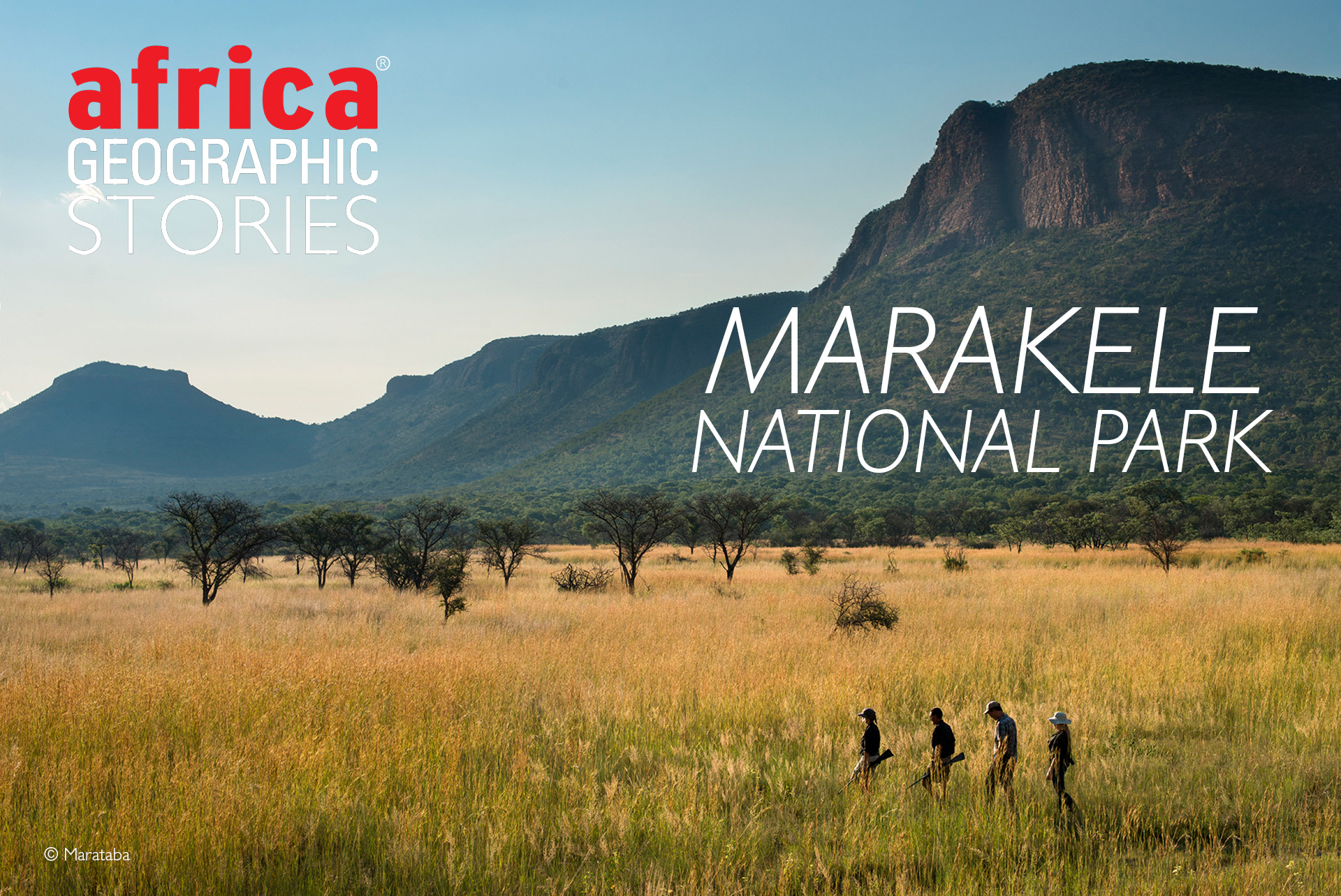
A place of sanctuary in the heart of the Waterberg


Our journey up this steep mountain in the heart of Marakale National Park meanders skyward, the landscape becoming increasingly beautiful. Woodlands and wetlands make way for fynbos-dotted vegetation, the ecology evolving as the altitude climbs. Only briefly does it cross my mind – what if we meet an oncoming vehicle on this narrow mountain pass where passing seems impossible? I quickly put that thought out of my mind…
Nearing the top of the mountain towards Lenong viewpoint, even the climate is different. We meet a pair of klipspringer antelope, frozen on rocks, hoping we cannot see them. A Gurney’s sugarbird flashes past and off into the distance. The climate at the top of the mountain is extreme compared to the bushveld below.

We arrive at the lookout point after a short drive along the summit. We eagerly leave the vehicle. A woman sits on a nearby bench gazing at the distant horizons of the Waterberg, with a truly spectacular panorama stretching into the distance. High above us, a few Cape vultures make a turn. No visit to Marakele National Park would be complete without gawking at this almost unreal view at least once.
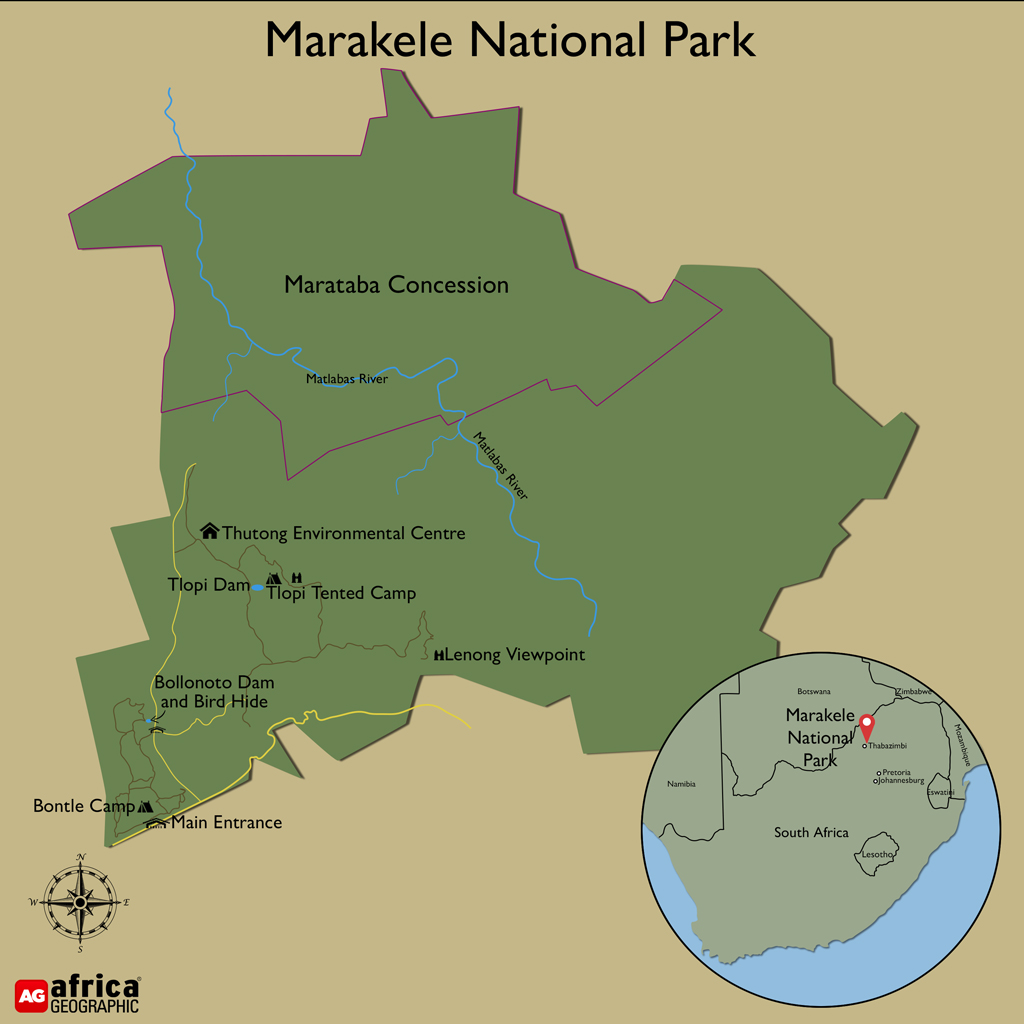
Of transition zones and wordsmiths
This beautiful protected area is the nearest South African national park to Johannesburg and Pretoria, 12km outside the small town of Thabazimbi in the Limpopo Province. This malaria-free park offers a moderate and pleasant climate, ensuring an enjoyable stay, with summer rainfall keeping the worst heat at bay. Nestled in the Waterberg mountains, the park also forms a vital part of the UNESCO-designated Waterberg Biosphere Reserve, safeguarding this transition zone between the dry western regions and moist eastern parts of the country. This 300,000-hectare Kransberg block contains more biodiversity than any other area in the Waterberg system and is covered by Acock’s veld types.

Here in Marakele, revered South African naturalist and wordsmith Eugene Marais penned his seminal work Soul of the White Ant. He took inspiration for this, as well as much of his scientific work, from the botanical diversity of this park—its location in the transitional zone makes it home to a diverse array. The park’s 765 plant species include rare Waterberg cycads, yellowwoods, proteas, and camel thorns. Mixed bushveld, Waterberg moist bushveld, and sweet bushveld all occur here.
 Considering the Waterberg area for your next African safari? Let our travel experts plan your epic safari, or browse our other ready-made safaris here.
Considering the Waterberg area for your next African safari? Let our travel experts plan your epic safari, or browse our other ready-made safaris here.
Its vastly varying altitudes – from 1,050m above sea level in the valley plains to the west and southwest to 2,088m above sea level on the summit of the Kransberg – also ensure a diversity of wildlife and plant species. These altitudes translate into vastly different rainfalls in different areas in the park, mainly between October and April – from 485mm of annual rainfall on the plains to 719mm in the highest parts of the Waterberg.
Marakele’s vegetation is unusually diverse for a single park, shifting from bushveld and woodland on the lower slopes to pockets of forest in sheltered kloofs, and then, most distinctively, into a fynbos “macchia veld” on the summit of the Kransberg. Up on the high, wind-scoured crest, you find classic fynbos elements, including proteas (notably Protea caffra) alongside ericoid shrubs such as Passerina montana and Erica drakenbergensis, creating a tough, fine-textured montane shrubland more typical of cooler, higher-altitude systems than the surrounding savanna. This summit flora is reinforced by fynbos-associated trees like Mountain Cypress (Widdringtonia nodiflora) and the Real Yellowwood (Podocarpus latifolius), which occur in the park’s forested ravines and “fynbos corridor” habitats. Together, these highlight Marakele’s role as an ecological crossroads where bushveld meets montane fynbos and forest affinities in one dramatic landscape.
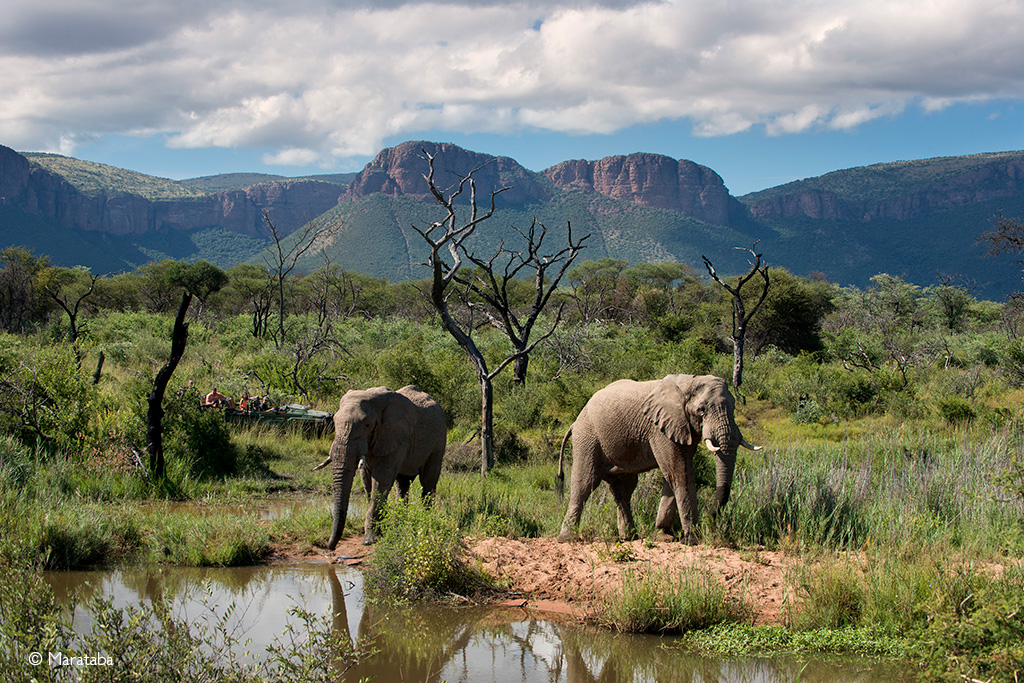
The park is also home to three river systems: the Matlabas and Mamba River systems flow northwest through the park, the Sterkstroom River system flows northeast, and the Sundays River flows south through the park.
The northern section of Marakele is home to the Marataba concession, a 23,000-hectare, privately managed area that hosts luxury lodges and conservation camps.
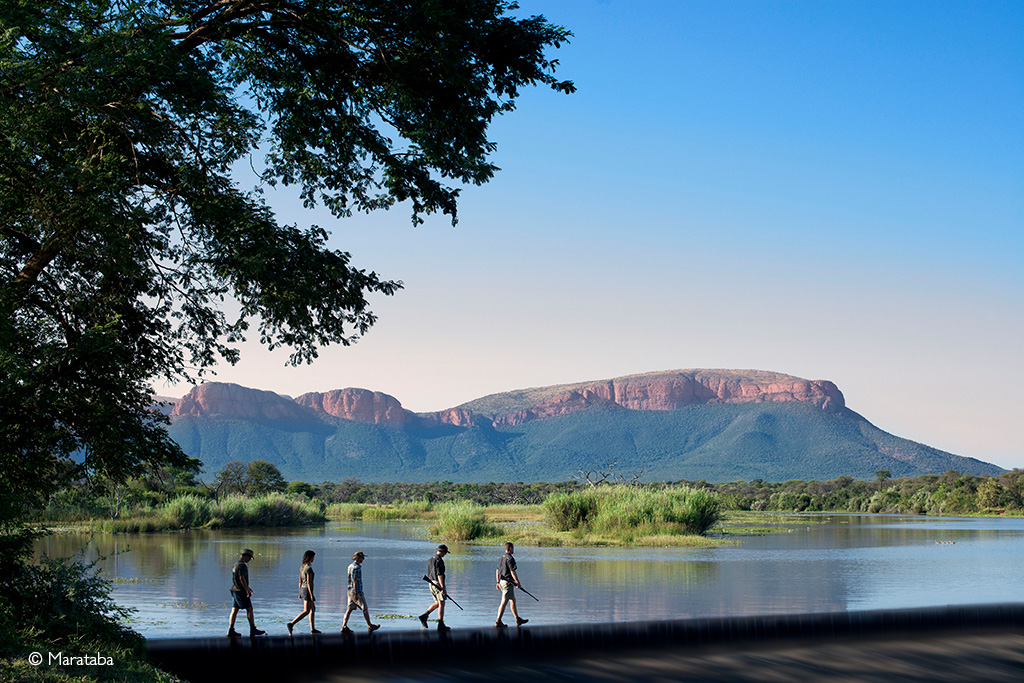

The wildlife of Marakele
Marakele hosts incredibly diverse wildlife, big and small. While it is known as a Big Five reserve (lion, leopard, elephant, rhino and buffalo all occur here), ticking these all off the sighting list is not always a given and requires much patience and a few days spent here. The Big Five are only present in the larger eastern side of the park, separated from the western side by a regional road. These two sides are connected by a short tunnel with an electrified gate.
Many visitors are fortunate enough to spot leopards lurking near the top of the mountain en route to Lenong viewpoint. Other species in the park include tsessebe, warthog, bushpig, kudu, eland, impala, sable antelope, waterbuck, giraffe and zebra – among others. And not to forget, smaller delights, including bat-eared and Cape fox, genet, lesser bushbaby, porcupine, various bat species, and the aforementioned klipspringer, which are prevalent along the mountain pass up to Lenong. Cheetahs also occur in the park but are more often seen in the northern Marataba section of the park. Although they are difficult to contain within its fences, wild dogs are present too – and Marakele is an essential site for conserving these endangered carnivores. However, they move around a lot, so they are not easy to see.

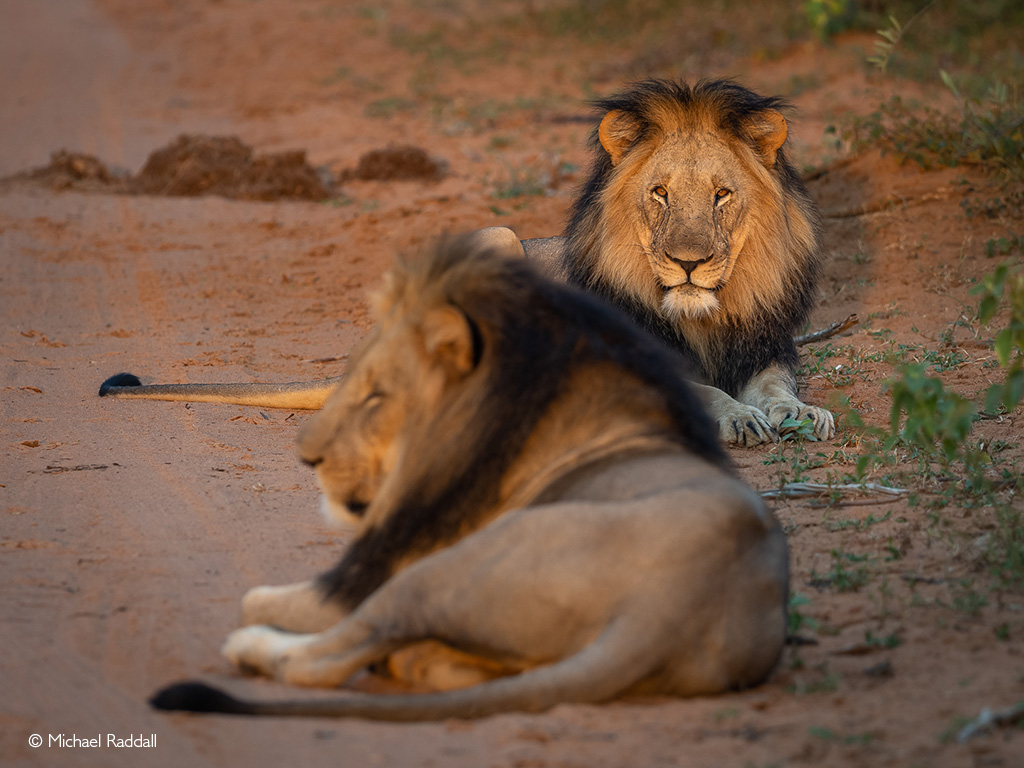
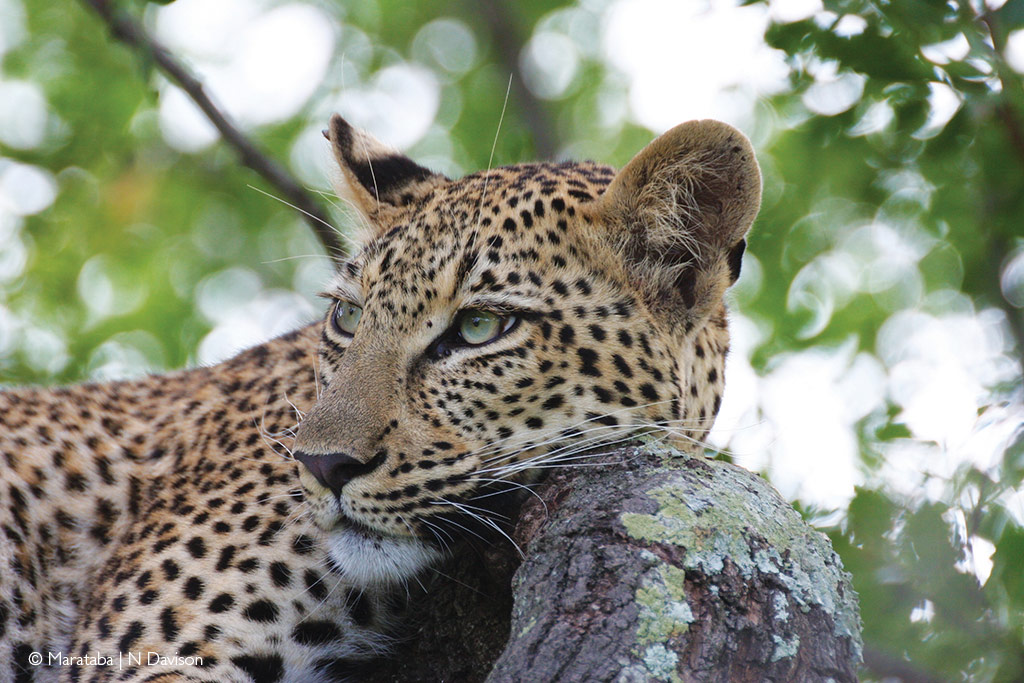
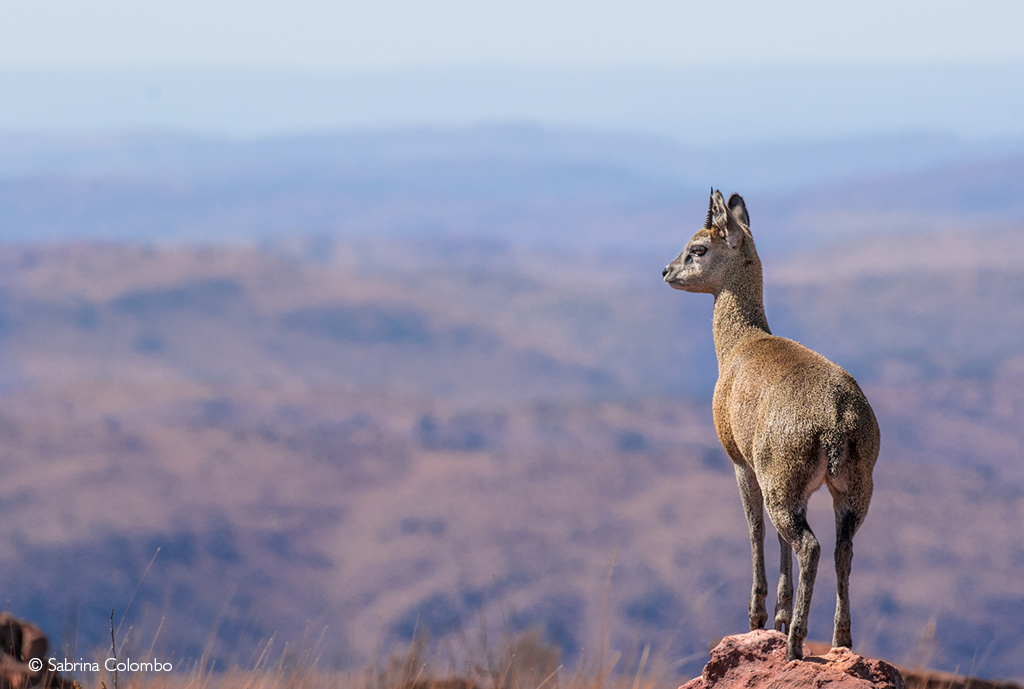
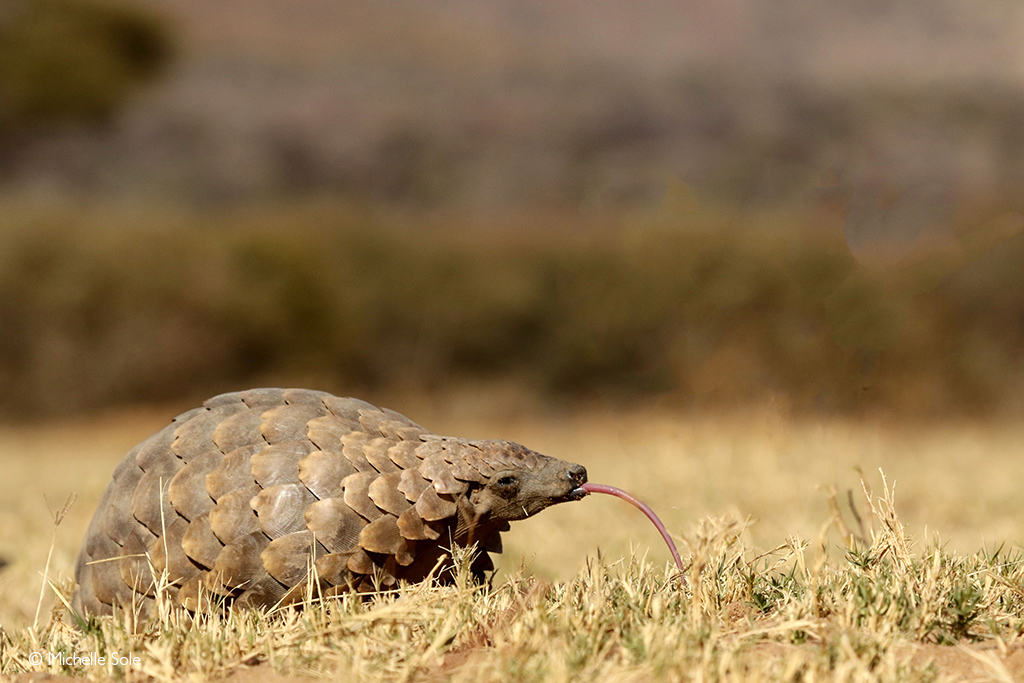
Birders are in for a treat. With one of the world’s largest Cape vulture colonies breeding in the park (often seen from Lenong viewpoint, gathered near the mountain tops), prepare to be amazed. Almost 800 breeding pairs are present in this colony. Beyond these beauties, the landscape’s mix of dry western and moist eastern habitats brings various feathered friends – a crossover allowing visitors to see certain closely related species alongside one another, a rare treat. For example, pin-tailed and shaft-tailed whydah, arrow-marked and southern pied babbler, dark-capped and red-eyed bulbul, tawny-flanked and black-chested prinia, grey and Cape penduline tit and white-browed and Kalahari scrub robin all coexist here. The mountain tops of Marakele are also home to some stunning cliffside specials, such as Cape rock thrush, buff-streaked chat, mocking cliff-chat, mountain wheatear, Cape bunting, malachite sunbird, lazy and wailing cisticola, and swee waxbill. Whether you are looking for diverse birds of prey or want to geek out over pipits, Marakele’s avian action has you covered from dawn to dusk and beyond. Listen to the call of the fiery-necked nightjar and various owl species complementing the crickets once darkness falls.
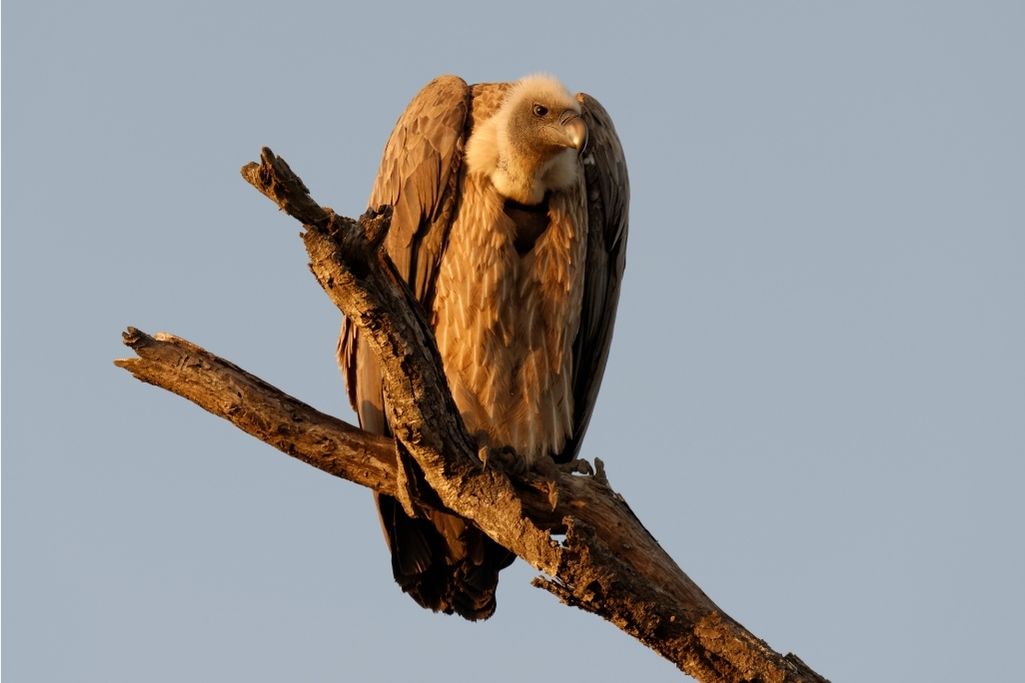

What to do in Marakele
Marakele’s scenery is spectacular and diverse, varying from rugged mountains, high cliffs and rolling hills to bushveld-blanketed plains. In addition to searching for wildlife from the comfort of your vehicle, guided game drives offer more insight into the park. The park is also home to the Marakele 4×4 Eco Trail, a guided 3-day trail exploring the park’s wilderness areas.
For those who prefer exploring on foot, book an early morning or sunset guided interpretive walk with an experienced guide. This will allow you to get to know the bushveld up close while looking at the signs and tracks around you.
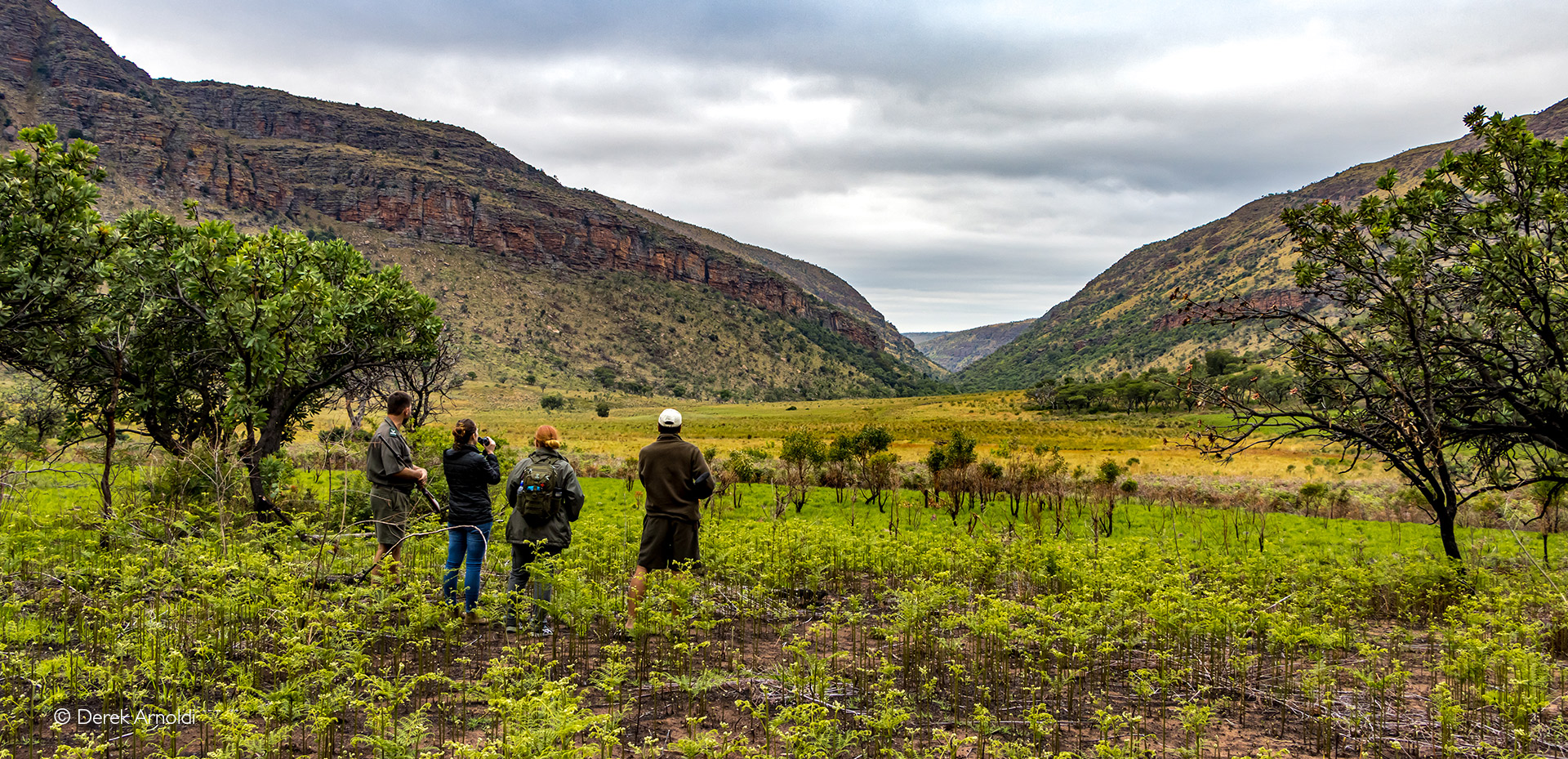
The park is also home to an abundance of iron-age and heritage sites, which will be made accessible to visitors in the future. There are currently 130 potential heritage sites that have been identified in the park. These include Stone Age surface scatters, Early and Late Iron Age sites, and historic farmsteads and outbuildings.
Remember to go by the Bollonoto Dam and bird hide, especially during the rainy season, to watch nature while hours go by. Or, pack a picnic to enjoy at the picnic site.
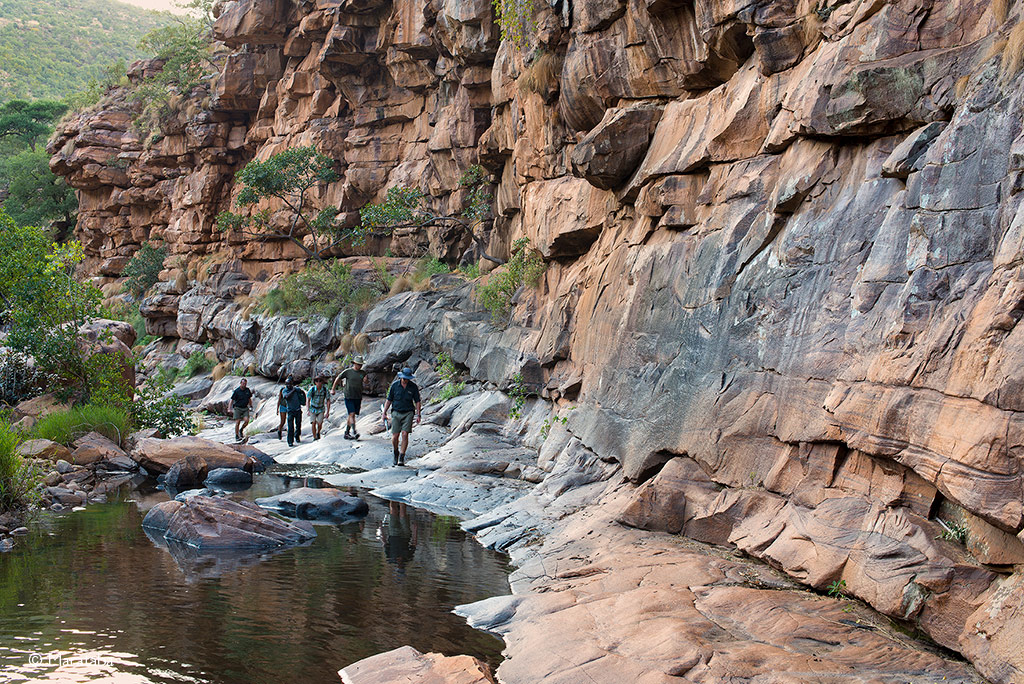

Explore and stay in Marakele
To experience the park in all its glory, spend a few nights. The national park offers various accommodation options, from a comfortable guest house to furnished safari tents on both the park’s non-Big Five and Big Five sides and camping sites. On the eastern side, the park’s campsite is frequented by zebras and wildebeest grazing the outskirts of the camp. You might even have a curious ostrich walk through the camp. A rustic bush camp at Morukure offers a self-catering bushveld experience in a peaceful, rustic camp in a remote area inaccessible to day visitors. Visitors can pitch their tents in a grove of sheltering Tamboti trees and immerse themselves in nature.
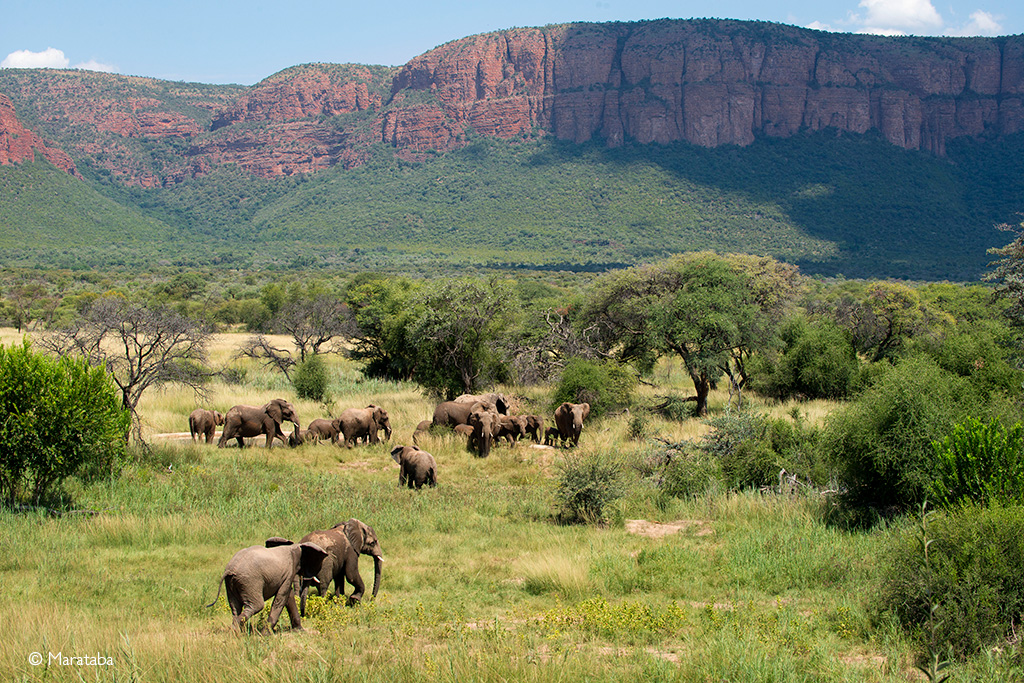
The park does not have a restaurant, but with the town of Thabazimbi 30km away, it is not much effort to quickly pop out for breakfast or lunch. There is also a swimming pool at the park’s campsite for cooling down on summer days.
Marakele is a place to immerse in history, connect deeply with nature, and appreciate Africa’s cultural richness. While it’s possible to explore much of the park in a single day, staying a few days allows a fuller experience of its landscapes and stories. The popular dry season from May to September offers cooler weather and peak wildlife sightings, while summer rewards visitors with lush scenery, migratory birds, and vibrant, post-rain landscapes for those willing to brave the heat.
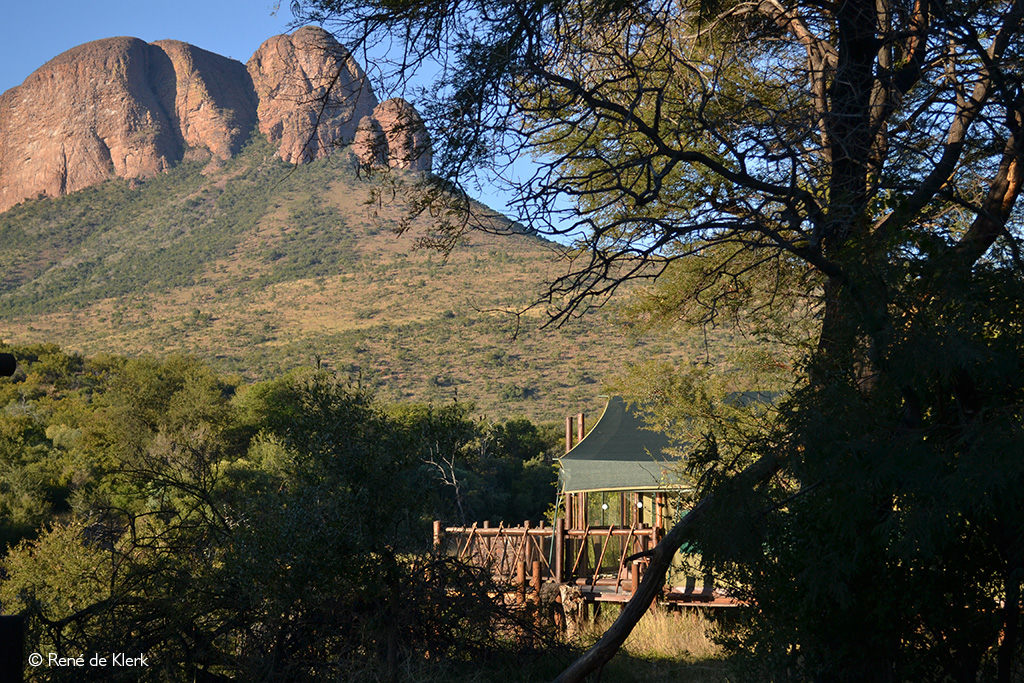
With easy self-drive access on scenic roads, spotting opportunities from open-top safari vehicles, and guided bush walks with knowledgeable rangers, Marakele National Park is one of South Africa’s best-kept secrets. Its diverse landscapes and wildlife viewing in a compact, pristine setting make it worth multiple return visits from nature lovers near and far.
Further reading
- Marakele is an excellent destination for spotting bat-eared foxes and earned a spot on our list of destinations for seeing nocturnal animals. Here are the top 12 nocturnal animals to seek and where to find them.
- Want to head on a safari while avoiding the risk of malaria? Marakele and countless other spots have made our list of amazing destinations that offer just that. Here’s our round-up of the best malaria-free safari destinations in South Africa.
To comment on this story: Login (or sign up) to our app here - it's a troll-free safe place 🙂.![]()




